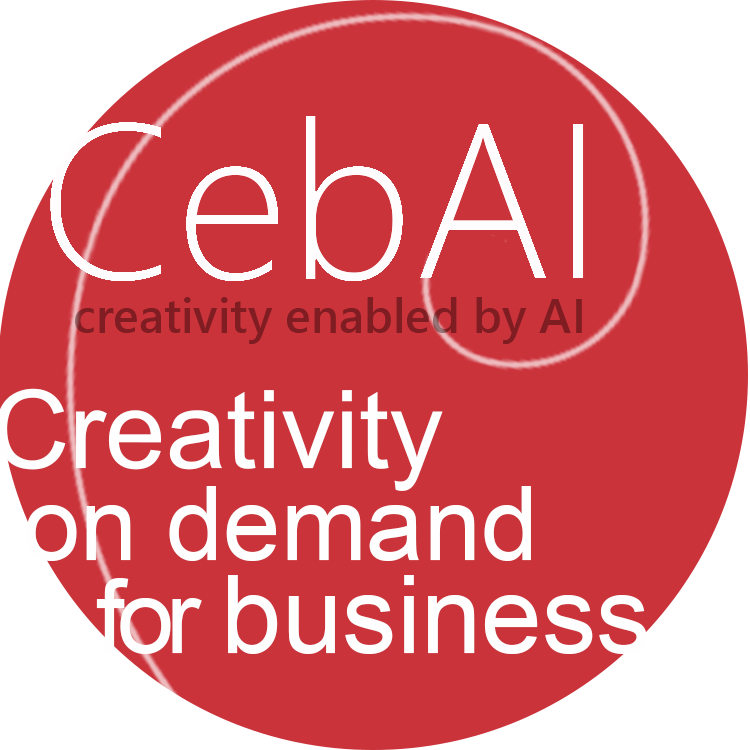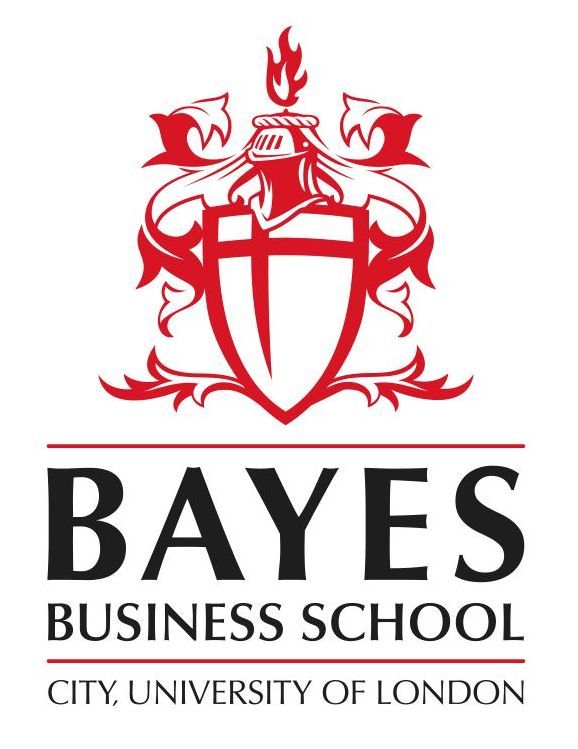Learning to Love AI
Sam Steele
Apr 12, 2024
As the AI boom continues to bounce around the world. Businesses leaders of all stripes are hiding behind their hands wondering what an appropriate response to this noisy new chat bot bubble should be? This post explores the anxiety of AI, what businesses really need to be asking themselves and makes some recommendations on how to spread the AI love.

Just 10% of businesses are ready for AI
There seems to be a lot of confusion, mistrust and inertia among businesses, particularly SMEs, when it comes to AI.
A global survey of more than 300 business leaders by MIT Technology Review Insight (MIT, 2024) found that while everyone is talking about it about (75% of respondents experimented with generative AI in 2023) hardly anybody is actually using it - just 9% said they had adopted the technology, with limited deployment in their businesses.
Large multi-national enterprises are more on it. IBM’s data shows 42% of enterprise-scale organizations (over 1,000 employees) have AI actively in use in their businesses. Currently this tech is largely used to automate process and administration tasks, hardly scratching the surface of the productivity gains generative AI can bring to the party. (IBM, 2024).
And while the UK Govt launches its flagship initiative, the AI Opportunity Forum, (UK Govt., 2024) to boost the adoption of AI in the private sector, the UK’s Federation of Small Businesses (FSB) reports almost half (40%) of small business owners don’t have the time to develop new ideas or adopt technologies to innovate their business. UK SMEs say cost is a barrier (28%) and a further 17% feel that they lack the know-how to implement changes (Russell, 2023)
Small wonder then that the AI Opportunity Forum reckons just one-in-ten UK business organisations are currently fully prepared to roll out the technology (UK Govt., 2024)

Driving AI uptake
UK Government's objective is to develop “AI Solutions” for industry. There is currently £5 million up for grabs via UKRI's Bridge AI initiative, to fund innovation projects that will help shift the dial on the UK’s stagnant productivity. In the 12 years to 2022, the annual average growth in UK GDP per hour worked has stayed around 0.5% - we’re miles behind our French and German peers and have been for over a decade.
And this is despite the fact that the UK ranks 4th for innovation globally making us one of the most innovative countries on the planet (Global Innovation Index 2023). Brilliantly, as a country, we excel in the innovation of artificial intelligence, quantum technology and synthetic biology. Less brilliant, we are quite evidently pants at exploiting our IP, which is concentrated among a few companies and not diffused throughout the economy.
The Productivity Institute identifies three fundamental levers to address the UK’s chronic productivity underperformance. Alongside the need for more investment, and more joined-up-policy-making, is the need to spread innovation out across all of the UK’s economic activities. This means both the application and, crucially, the commercialisation of new technologies.
Through their Bridge AI initiatives (Innovate UK Business Connect, 2024), UK Research and Innovation (UKRI) are focused on valiantly trying to broker partnerships between the AI innovators and those companies that can help them to create killer apps for successful commercial exploitation.
"the spread of solutions
requires communication and belief "
Spread the love
When it comes to diffusion of innovation communication is key, as Andy Wilkins, Honorary Visiting Fellow, patiently explains in his Delivering Innovation module, part of the Masters in business Innovation, Creativity and Leadership (Bayes Business School, 2023).
Andy's Critical Path to Innovation Valorisation model (2024) shows that the spread of solutions into markets requires clear communication and absolute belief that the product meets the need. The model starts with a clearly identified need for something that is better or different than currently available; which develops into an idea that is new and adds value in the specific domain; which through the application of resources and discipline develops into a novel solution, which can then be diffused. This diffusion requires effective communication resulting in affirmation and belief via feedback and testing that the solution is robust and useful. Which leads to valorisation, the conversion of your idea into commercial products that sell and generate profit. (Table 1)
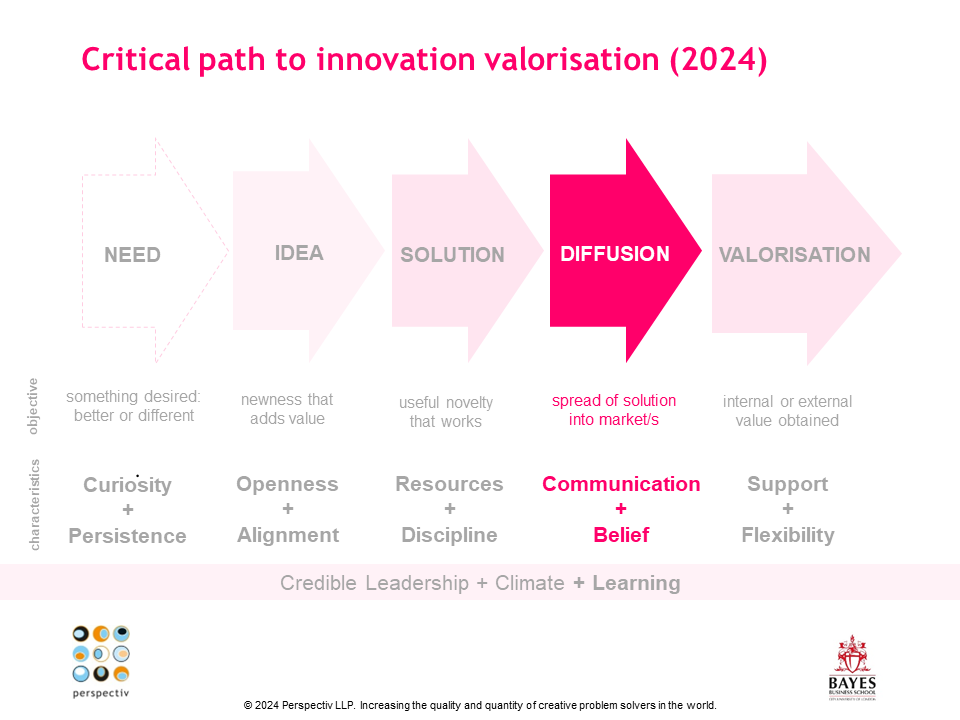

Beware the AIs of March
On a chilly day at the end of March, 50 or so people gathered in central London for a “Collaboration Building Workshop”. Hosted by UKRI as part of its Bridge AI scheme to match-make partnerships between SMEs and academic researchers.
There was a strong whiff of AI terror coming from SMEs in the room. These business owners and leaders came to the event out of a mixture of curiosity, apprehension, and a desire to understand what AI can do for their businesses.

The diffusion part of the innovation valorisation model was neatly demonstrated in my group at the collaboration-building workshop, where misunderstandings and mistrust about this new technology were the norm at the start.
We were a mixed bag of academics, tech entrepreneurs and SMEs, and we had a wide ranging professional backgrounds. However the SMEs leaders were like rabbits in the headlights of the oncoming tech truck roaring towards them. “Is this what we should be doing?”; “It’s too scientific”; and “I’m lost” were common refrains.
Meanwhile the techies were talking in tech jargon, earnestly trying to explain algorithms, heuristics, generative AI and large language models, which was only making things worse for the bewildered SMEs. They might as well have been talking in ancient hieroglyphics for all the sense it was making to the business owners.
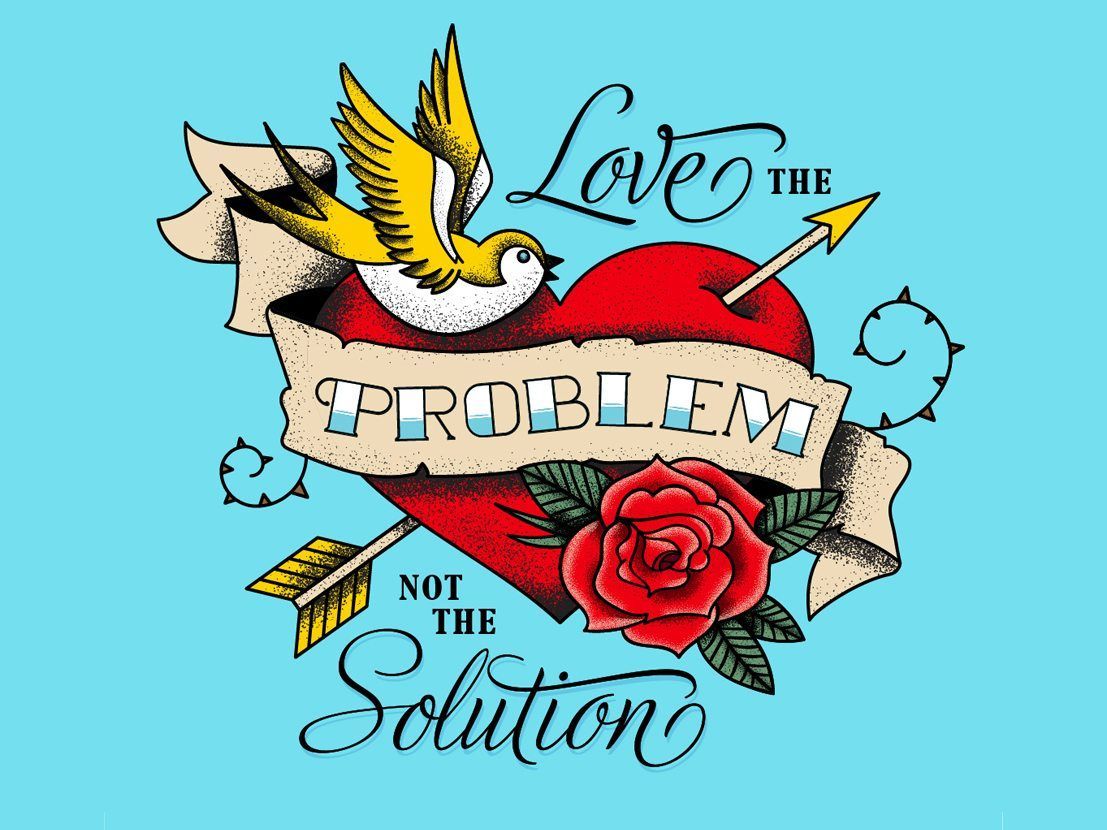
Start with the problem
It was the entrepreneurs and consultants at the table who pulled the spiralling conversation back to reality. It doesn’t matter whether we’re talking AI overlords or home-made horse-shoes, they said, the starting point is always the same in business: What is the problem?
It’s true that new technology can, and will, replace some jobs. That doesn’t mean it will replace people. There is always a need to have humans in the loop. But what the humans do may change. The consensus was that AI makes it easier to lean-in to your business strengths, and explore efficiencies of process, and how to outsource the things you don’t need or don't have the time or specialisation to do in your business.
Do not be dazzled by the sci-fi ballyhoo and the big words. Business leaders do not need to understand it. They do not need to be scared of it. AI is just another tool.
Is it a tool you need in your business? The answer to that lies in the problem.
Peter Drucker, the legendary management thinker and author, advised that identifying the core issues and asking the right questions is crucial to properly diagnosing both the current situation and then the appropriate future solution. "The most serious mistakes are not being made as a result of wrong answers" he said. "The truly dangerous thing is asking the wrong questions". (Drucker 2010)

"The most serious mistakes are not
being made as a result of wrong answers.
The truly dangerous thing is asking
the wrong questions"

Identify the challenges
In our conversation at the Collaboration Building Workshop, we all agreed that as artificial intelligence transforms industries, there is a critical need to incentivize and support businesses in adopting these powerful technologies. However, a lack of trust and common language between the tech sector and commercial enterprises poses a major barrier, creates confusion and means that many businesses can't see the wood for the trees, when it comes to what AI could do for them.
To drive AI adoption, we must have a strategy to tackle the challenges we identified in our workshop:
- Lack of trust between tech providers and businesses
- Jargon and complexity that makes AI difficult to understand
- Need for businesses to align AI with their core purpose, principles and values
- Absence of effective change agents to broker connections
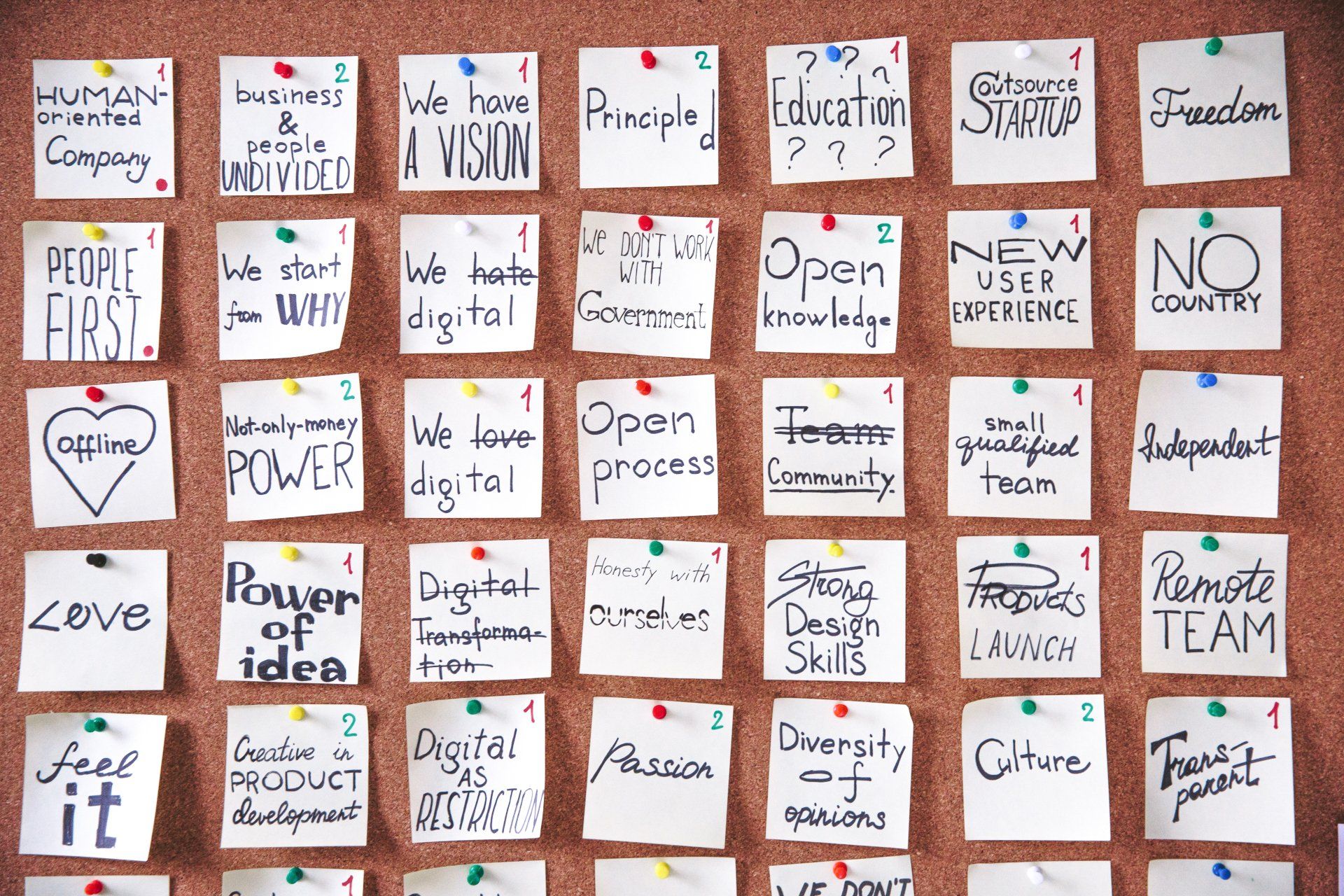
Consider solutions
Several ideas emerged during the course of the day, and these included:
- Provide free, easily accessible specialist advisors to guide businesses
- Host highly curated, sector-specific events to showcase AI opportunities
- Foster a national conversation with inspiring case studies
- Centralize existing AI resources into one comprehensive hub
- Take a problem-focused approach, not just product pitches

Learning to love AI
Ultimately, we all agreed that the goal must be to create a better bridge between businesses and AI solutions. This could involve improved B2B marketing focused on real business needs rather than just concepts.
Developing checklists and questionnaires could help identify AI use cases tailored to specific businesses. Offering a safe environment where businesses can ask "stupid questions" without judgment could increase confidence. Enabling useful connections between businesses, tech firms, and advisors could facilitate mutually beneficial relationships.
By taking a practical, education-focused approach, we can overcome the trust gap and language barriers that currently hinder AI adoption. This will empower businesses to truly understand AI's potential and embark on their digital transformation journey with confidence.
Let's take away the fear and really accelerate the diffusion of this game-changing tech across all of our business landscape. So that more than one in ten businesses can really benefit from the productivity uplift these powerful new tools can offer.
-
Bibliography and Links
- Bayes Business School (2023) Innovation, Creativity and Leadership MSc. City, University of London. Available at: https://www.bayes.city.ac.uk/study/masters/courses/innovation-creativity-and-leadership (Accessed: 15 April 2024).
- Drucker, P.F. (2010) Men, Ideas, and Politics. Harvard Business Press. Available at: https://www.google.co.uk/books/edition/Men_Ideas_and_Politics/m_octnAm6FkC?hl=en&gbpv=1&dq=Men,+Ideas,+%26+Politics&pg=PR3&printsec=frontcover.
- IBM (2024) Data Suggests Growth in Enterprise Adoption of AI is Due to Widespread Deployment by Early Adopters, IBM Newsroom. Available at: https://newsroom.ibm.com/2024-01-10-Data-Suggests-Growth-in-Enterprise-Adoption-of-AI-is-Due-to-Widespread-Deployment-by-Early-Adopters (Accessed: 2 April 2024).
- Innovate UK Business Connect (2024) ‘BridgeAI’. Available at: https://iuk.ktn-uk.org/programme/bridgeai/ (Accessed: 15 April 2024).
- MIT (2024) ‘Generative AI: Differentiating disruptors from the disrupted’, MIT Technology Review.com [Preprint]. Available at: https://www.proquest.com/other-sources/generative-ai-differentiating-disruptors/docview/2934256317/se-2?accountid=14510.
- Richard A. L. Jones (Nov 23) Productivity, Innovation and R&D, The Productivity Institute. Available at: https://www.productivity.ac.uk/research/productivity-innovation-and-rd/ (Accessed: 3 April 2024).
- Russell, C. (2023) The Tech Tonic, The Federation of Small Businesses. Available at: https://www.fsb.org.uk/resource-report/the-tech-tonic.html (Accessed: 3 April 2024).
- UK Govt. (2024) AI Opportunity Forum, GOV.UK. Available at: https://www.gov.uk/government/news/business-and-tech-heavyweights-to-boost-productivity-through-ai (Accessed: 3 April 2024).
We can help your business to save time and be more innovative
Contact us to find out more
Contact Us
We will get back to you as soon as possible.
Please try again later.
Business Sparks (TM) is a service developed by the National Centre for Creativity enabled by AI (CebAI) and funded by City, University of London and UK Research England

